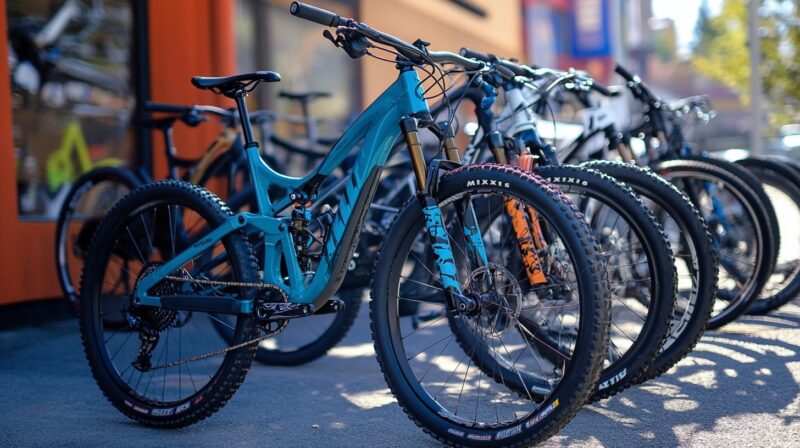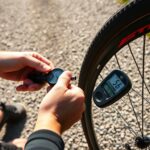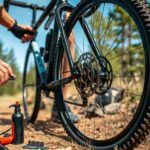Selling your bike can be a rewarding experience when done correctly.
Proper preparation and presentation are essential to ensure a smooth transaction.
By following strategic steps, you can attract serious buyers and secure a fair price for your bike.
Prepare Your Bike
Before listing your bike for sale, invest time in preparing it. This step ensures your bike is presentable, functional, and ready to attract potential buyers.
Cleaning Your Bike Thoroughly
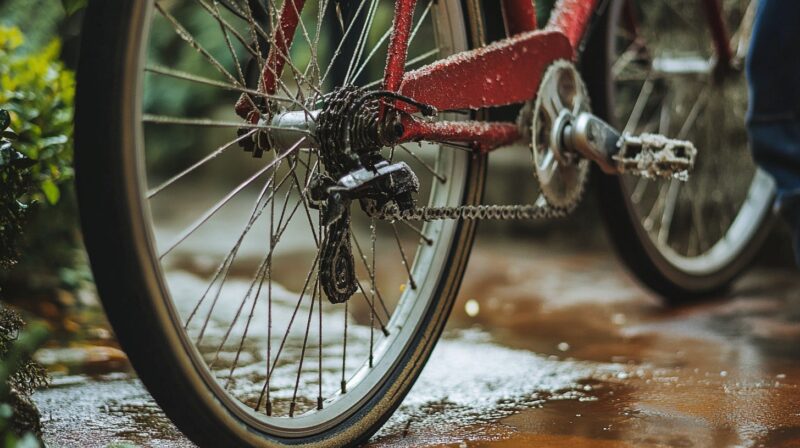
Use mild soap and water to wash away dirt and grime. Avoid harsh chemicals that could damage the bike’s finish.
- The chain and drivetrain, where grease and debris tend to build up.
- The frame, especially around joints and cables where dirt can hide.
- Dry your bike completely after washing to prevent rust or water damage.
Inspecting for Mechanical Issues
After cleaning, conduct a detailed inspection to ensure the bike is in top condition. Addressing these issues beforehand not only increases the bike’s value but also reassures buyers of its reliability.
- Brake pads: Check for wear and replace them if they are thin or ineffective.
- Bolts and screws: Tighten any loose parts to avoid unnecessary rattling or safety hazards.
- Chain and drivetrain: Look for a stretched or rusted chain and replace it if necessary. Lubricate moving parts to enhance performance.
- Tires: Inspect for cracks, punctures, or low tread. Replace if the tires are too worn for safe riding.
- Suspension (if applicable): Check for leaks or reduced responsiveness and service it if needed.
Research and Set a Competitive Price
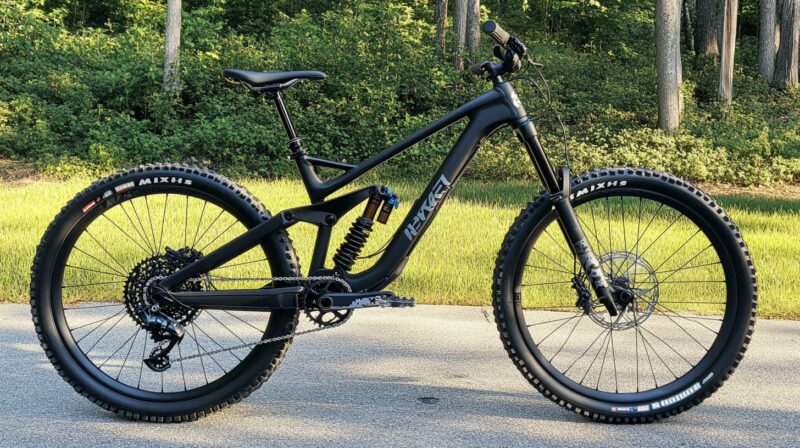
Determining the right price for your bike is a crucial step that requires thorough research and careful consideration.
Pricing it too high may discourage potential buyers, while pricing it too low could mean losing out on its actual value. Striking the right balance ensures a competitive and appealing offer.
Start by assessing your bike’s market value using reliable tools like BicycleBlueBook.com.
These platforms allow you to input your bike’s make, model, year, and condition to get an estimated worth.
However, don’t rely solely on these tools. Take the time to browse similar listings online to see what other sellers are charging for bikes of comparable specifications and condition.
- Make and model of the bike
- Year of manufacture
- Current condition, including any wear and tear
- Upgrades or aftermarket parts that may add value
Next, factor in current market trends. If a particular type of bike, such as gravel bikes or e-bikes, is experiencing high demand, you might be able to justify setting a slightly higher price.
Conversely, if the market is saturated with similar bikes, consider pricing yours competitively to attract attention.
Choose the Right Platform
Selecting the right platform to sell your bike plays a critical role in ensuring a smooth and successful transaction.
With numerous options available, it’s essential to pick one that aligns with your needs and attracts the right buyers.
Here are some considerations to help you make the best choice:
Online Platforms
Online platforms are a popular choice for bike sellers due to their convenience and wide reach. Consider platforms like buycycle, which specialize in cycling-related transactions.
- Secure Transactions: Buyer protection and safe payment options reduce risks.
- Valuation Tools: Features like valuation calculators help determine a fair price for your bike.
- Ease of Use: User-friendly interfaces simplify the process of listing and managing your bike’s sale.
- Global Audience: These platforms attract buyers who are specifically looking for bicycles, increasing the chances of a quick sale.
Other general online marketplaces, such as Craigslist or eBay, also offer wide visibility but may lack the specific tools tailored to bike sales.
Local Selling Options
- Community Bulletin Boards: Local bulletin boards in cafes, gyms, or community centers are excellent for targeting nearby buyers.
- Bike Shops: Many bike shops allow you to post listings or even sell on consignment, attracting customers already interested in bikes.
- Cycling Clubs and Groups: Joining local cycling clubs or online community forums can connect you with serious buyers who value high-quality bikes and know their worth.
Create a Compelling Listing
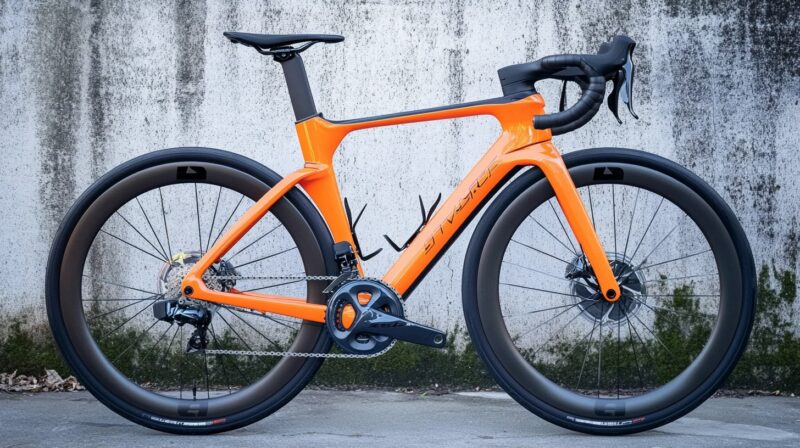
A detailed and well-crafted listing is essential to capture the attention of potential buyers and set your bike apart.
Begin by providing a clear, concise, and informative description that leaves no room for ambiguity.
The more comprehensive your listing, the more likely buyers will trust your offer and reach out for more information.
- Frame Size: Specify the exact frame size, as this is often the first detail buyers look for.
- Color: Mention the bike’s color and any distinctive patterns or designs.
- Condition: Be upfront about the overall condition. Highlight if it’s like-new, gently used, or has visible signs of wear.
- Mileage: Indicate how much the bike has been ridden, as this gives buyers an idea of its lifespan and usage.
- Upgrades or Customizations: Detail any enhancements, such as upgraded brakes, tires, or a custom saddle.
Highlight Features that Add Value
- Lightweight Materials: Mention if the bike frame is made of aluminum, carbon fiber, or titanium, as these are sought-after materials.
- High-Performance Components: Call attention to premium components like Shimano gears, hydraulic disc brakes, or suspension forks.
- Recent Repairs or Maintenance: Reassure buyers by stating if the bike has had recent professional tune-ups or part replacements.
Use straightforward language to ensure clarity. Avoid overcomplicating the description, but provide enough detail to paint a complete picture of the bike’s value.
Consider running your description through a grammar checker to maintain professionalism and avoid simple mistakes that might deter serious buyers.
Engage with Potential Buyers
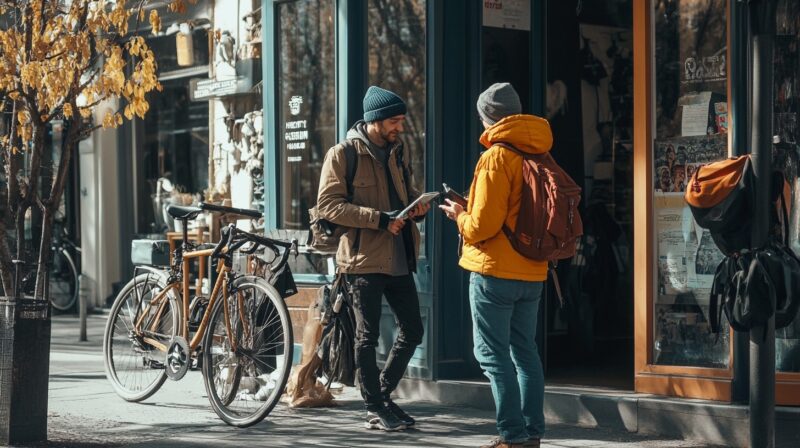
Once your listing is live, engaging effectively with potential buyers becomes one of the most important steps in securing a sale. Clear communication and prompt responses can make a significant difference in maintaining buyer interest and establishing trust.
Buyers often have questions or concerns, and how you address them will reflect your reliability as a seller.
Here’s how to engage effectively with potential buyers:
Respond Promptly
Reply to inquiries as soon as possible to show that you are attentive and serious about selling your bike.
Delays in communication can cause potential buyers to lose interest and move on to other options.
Set notifications for your chosen platform to ensure you don’t miss any messages or questions.
Provide Accurate and Clear Information
Be thorough and precise when answering questions about the bike’s condition, features, and history.
Avoid vague or incomplete responses, as this can create doubt in the buyer’s mind.
Be Honest and Transparent
If the bike has imperfections or repairs that need attention, disclose them openly.
Buyers appreciate honesty and will feel more confident purchasing from someone who is upfront about any issues.
Offer to provide additional photos or details if a buyer requests further clarification.
Build Rapport with Buyers
Personalize your communication by addressing buyers by name and showing genuine interest in helping them.
Answer questions patiently and provide reassurance about the bike’s quality or features. This can make negotiations smoother and increase the likelihood of a sale.
Finalize the Sale

When it comes time to close the deal, taking the necessary steps to ensure a secure and seamless transaction is essential.
The final stage of selling your bike involves careful attention to payment methods, packaging, and meeting arrangements.
These actions not only protect you but also provide the buyer with confidence in their purchase.
Use Trusted Payment Methods
Opt for secure payment methods like PayPal, Venmo, or direct bank transfers for online transactions.
If meeting in person, cash is often the easiest and safest option. Make sure to count the money carefully and verify its authenticity.
Avoid using lesser-known or suspicious payment platforms, as they could expose you to scams or fraud.
Prepare the Bike for Shipping
If the buyer requires shipping, packaging the bike securely is critical to prevent damage during transit.
Disassemble necessary components like pedals and handlebars to reduce the risk of parts breaking.
Wrap the frame, wheels, and other parts in bubble wrap or foam for added protection.
Use a sturdy cardboard box designed for bikes and secure the contents with packing tape to prevent shifting during shipping.
Label the box with clear shipping details and use a reliable courier service that provides tracking options.
Coordinate Safe In-Person Pickups
When meeting a buyer locally, choose a safe and public location, such as a café, shopping center, or police station parking lot.
Bring a friend or inform someone you trust about the meeting for added security. Allow the buyer to inspect the bike thoroughly before completing the sale to avoid misunderstandings.
The Bottom Line
Selling your bike involves preparation, research, and attention to detail.
By following these steps, you can attract serious buyers and ensure a smooth transaction process.
With effort and care, you’ll find the right buyer for your bike in no time.
